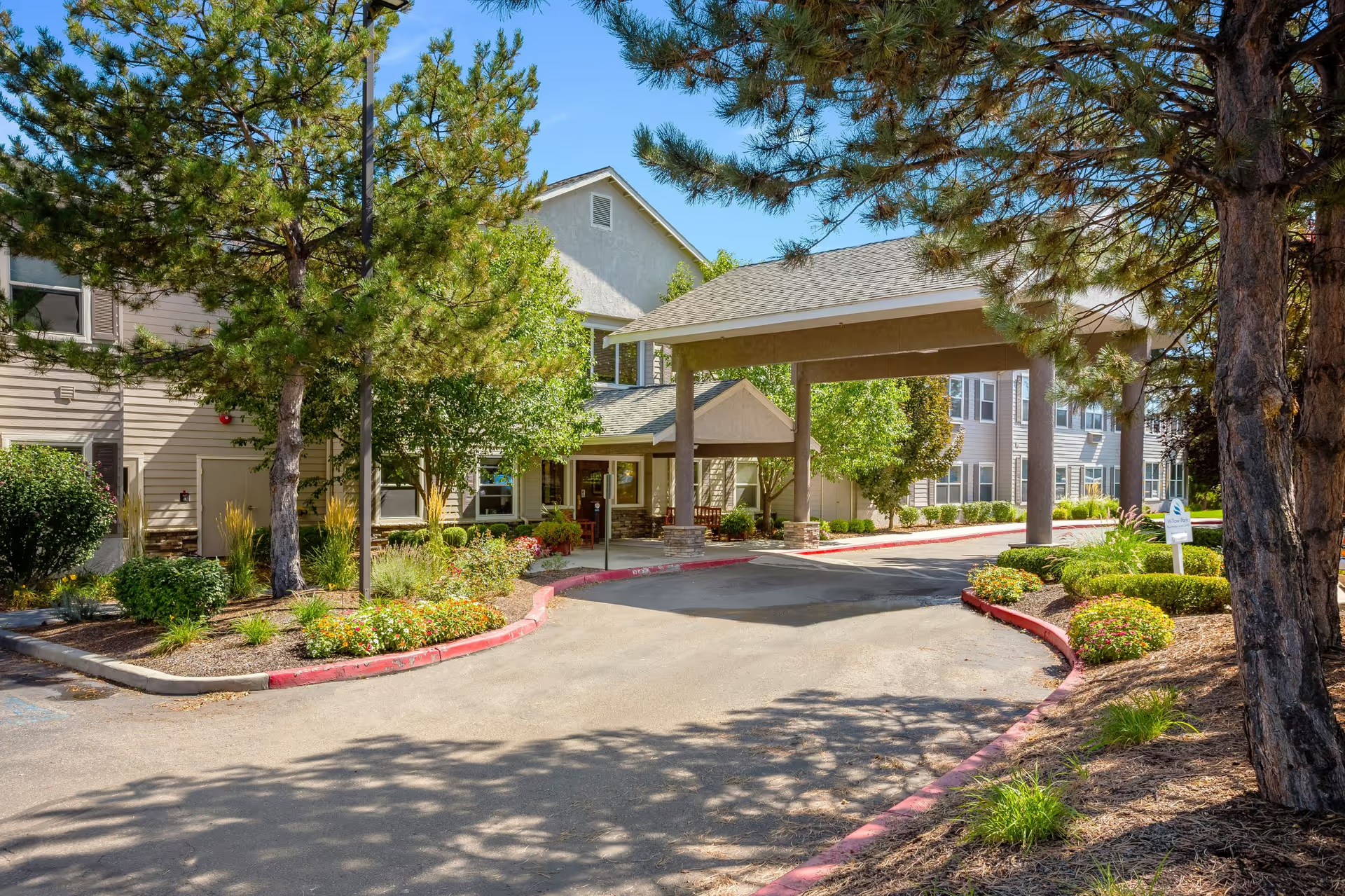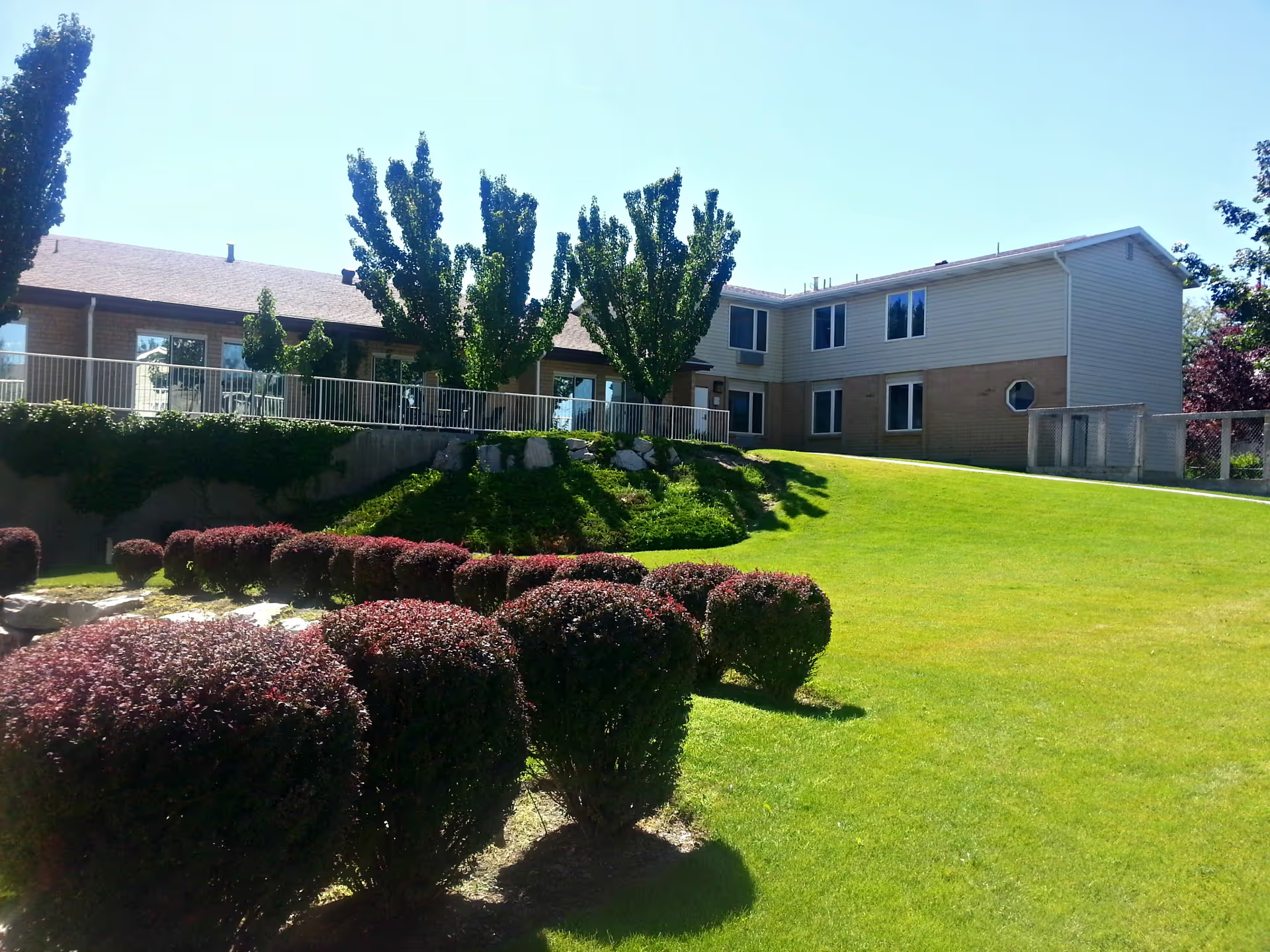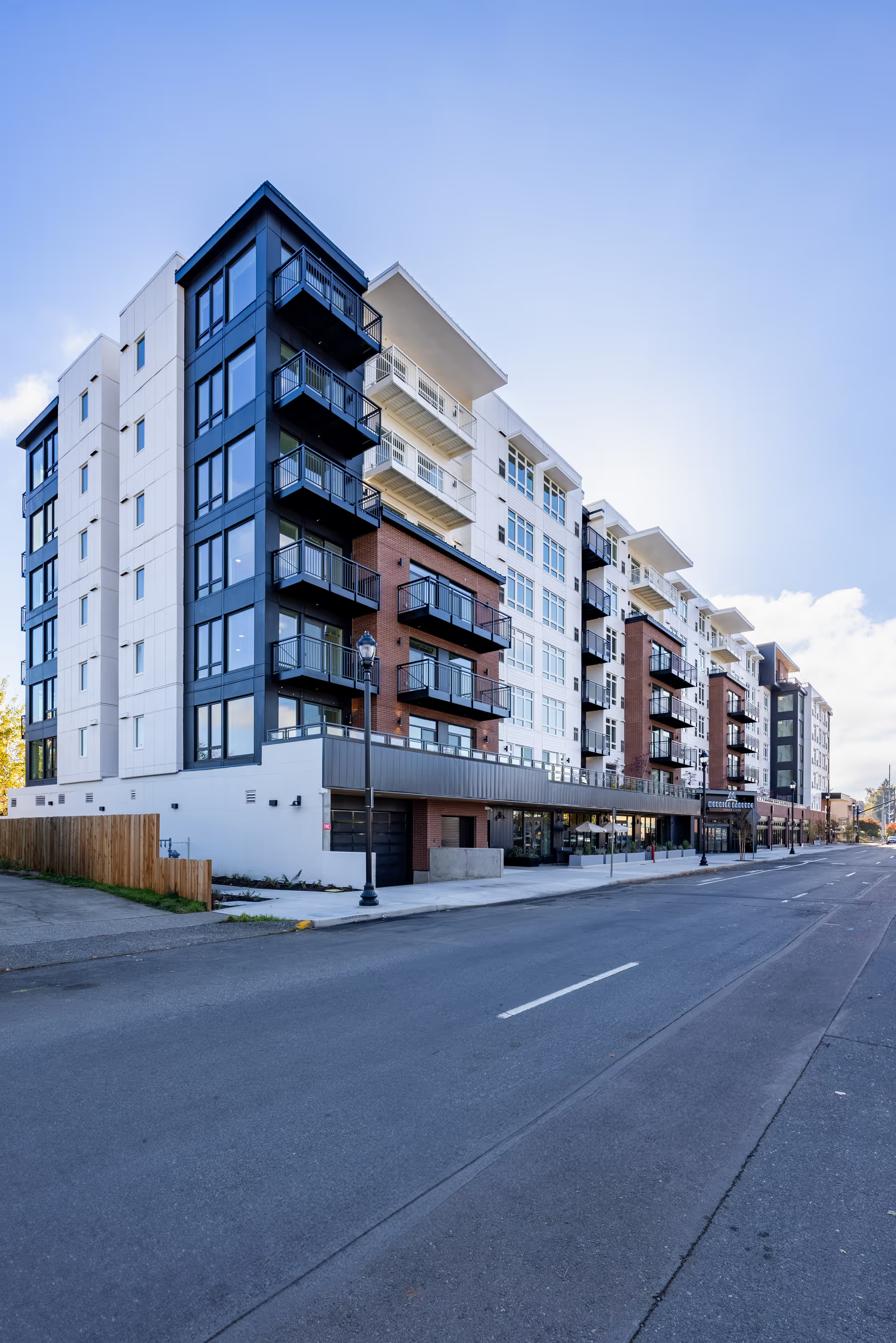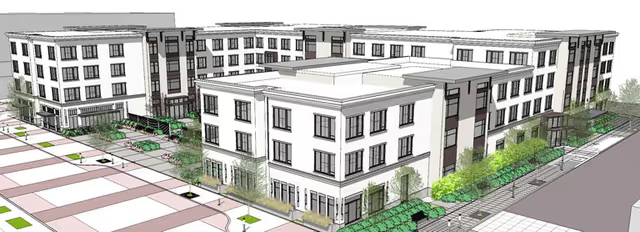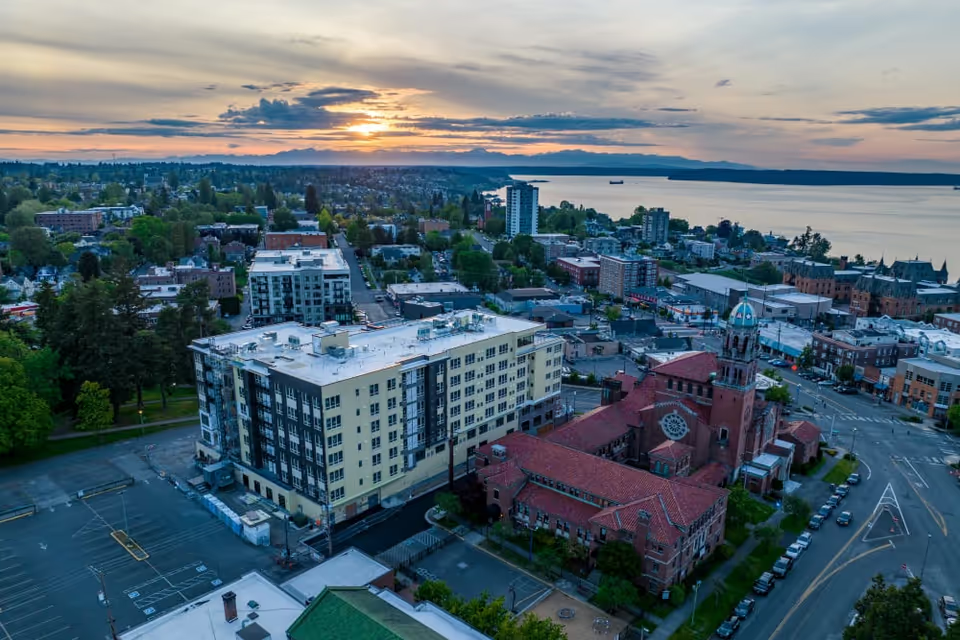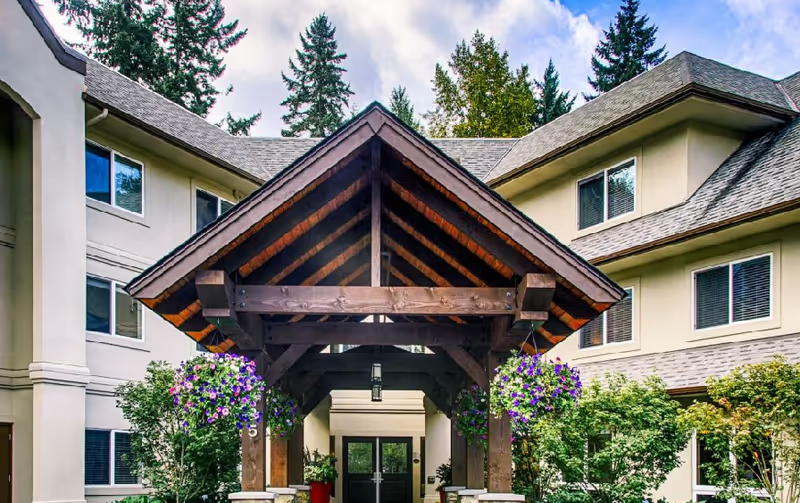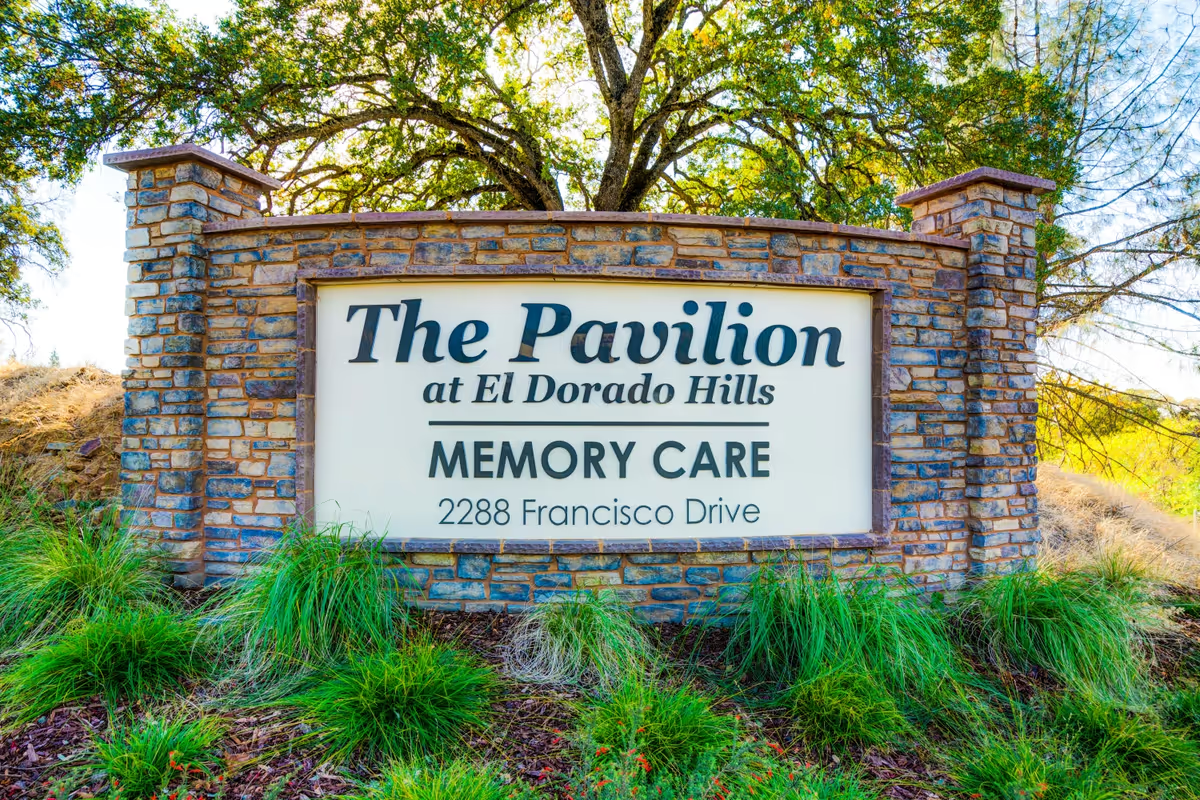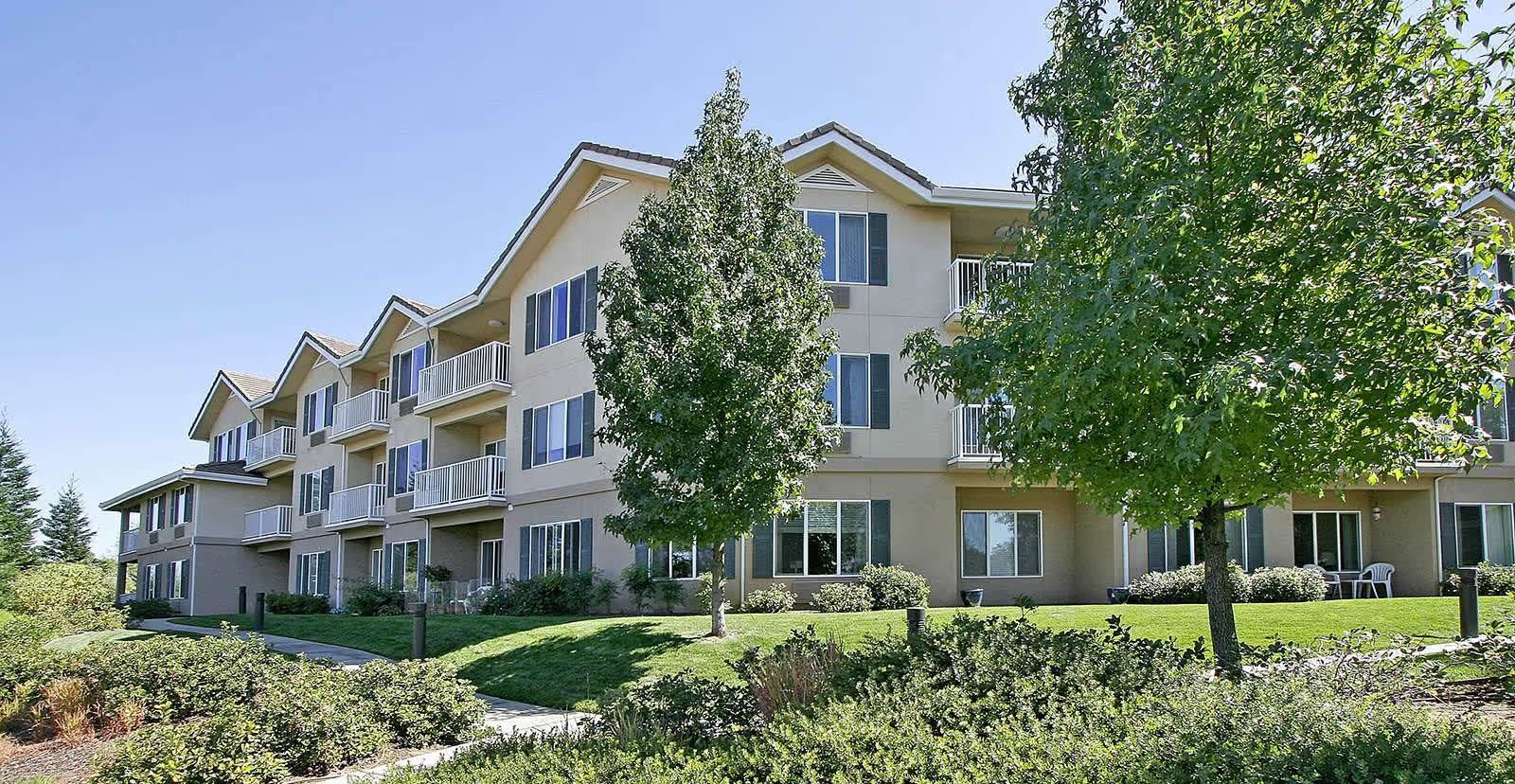Overall sentiment across the reviews is mixed but consistent in its core themes: many reviewers praise the direct care staff, the small/homey environment, and the facility’s cleanliness and programming, while numerous serious operational problems — especially chronic understaffing, turnover, medication management, and management communication — produce significant concerns for families.
Care quality and staffing: A frequent positive thread is that many frontline caregivers are described as caring, attentive, and family-oriented; multiple reviewers specifically call out individual aides, CNAs, and nurses who made residents feel comfortable and at home. The community also receives credit for being dementia-friendly and capable of coordinating with hospice and higher levels of care when needed. However, this positive picture is tempered by repeated reports of understaffing, poor caregiver-to-resident ratios, and high staff turnover. Several reviews describe long waits for call lights, insufficient night staffing, untrained or undertrained med techs, and even specific medication errors (wrong pill, wrong dose, missed medications). The combination of erratic staffing and frequent personnel changes appears to create uneven care quality: some residents receive excellent individualized care while others experience neglect or lapses in basic assistance.
Management, operations, and accountability: Multiple reviewers express frustration with management, describing weak or indifferent leadership, frequent changes in directors, defensive responses to concerns, and poor communication (no callbacks, unreadable menus, unclear field trip information). Billing and administrative issues surface repeatedly — unexplained service charges, annual rent increases, and billing disputes — and some families perceive profit-driven cutbacks that affect supplies and services. These operational problems are frequently cited together with clinical concerns (medication errors, inadequate training), suggesting systemic management and oversight gaps rather than isolated incidents.
Dining and nutrition: Opinions on food are split but lean toward concerns. Several residents and family members praise particular meals or dining staff, while many others call out institutional or repetitive menus (reports of chicken and rice multiple times), lack of diabetic or specialized diet options, and a reliance on gravies and sauces rather than fresh-cooked meals. Dining logistics also raise issues: seating restrictions for long-time residents, non-mobile residents being seated for long periods, and dissatisfaction with menu variety. The dining experience thus appears inconsistent and a common source of complaint even among those who otherwise like the community.
Facilities, activities, and atmosphere: The physical plant receives generally positive remarks: reviewers mention a clean facility, pleasant halls and courtyards, attractive dining area, fish tank and fireplace, and comfortable studio apartments. The layout is described as intimate and not overwhelming, appealing to residents who prefer a smaller, home-like setting rather than a high-end or institutional feel. Activities and outings are a clear strength when staffed: bingo, shopping trips, concerts, arts and crafts, religious activities, and exercise classes are all cited, along with transportation for off-site events. Multiple reviewers singled out an Activities Director as hardworking and effective, though some lament that great staff have left, reducing program quality.
Safety, policies, and special-needs care: A number of reviewers note that there is not a separate memory-care unit, which influences how families manage wandering or tracking needs; some recommend devices for residents with dementia. Safety and maintenance issues are infrequent but notable — for example, reports of hazardous yard conditions (goatheads) and instances of resident hygiene lapses (unwashed towels, ill-fitting clothing) raise real concerns where staffing is insufficient. COVID-related long quarantines and visiting restrictions were also mentioned by some families as a negative experience during the pandemic period.
Value and suitability: Many reviewers find Edgewood Castle Hills to be economical or budget-friendly, with Medicaid accepted and reasonable pricing for the level of amenities. For families seeking a smaller, homey environment with friendly direct-care staff and an active activities program, the community is often recommended. However, for those prioritizing rigorous clinical oversight, minimal medication risk, high-end dining, or highly responsive management, several reviewers advise looking elsewhere. The community’s strengths are strongest at the front-line caregiving and social/activity levels; its weaknesses are most pronounced in management, clinical oversight (medication and nursing), and staffing stability.
Final assessment: The reviews paint a nuanced picture. Edgewood Castle Hills can offer a clean, comfortable, and community-oriented living option with many compassionate caregivers, good social programming, and budget-friendly terms. At the same time, recurring operational problems — especially understaffing, turnover, medication errors, and management responsiveness — create variability in resident experiences and risk for families who need consistent clinical reliability. Prospective residents and families should weigh the positive home-like atmosphere and staff strengths against the documented risks: ask detailed questions about current staffing levels, medication management protocols, turnover rates, billing practices, and how the community has addressed past complaints. A careful, up-to-date tour and direct conversations with nursing leadership and current families will be important to determine whether the facility meets a particular resident’s care and safety requirements.
